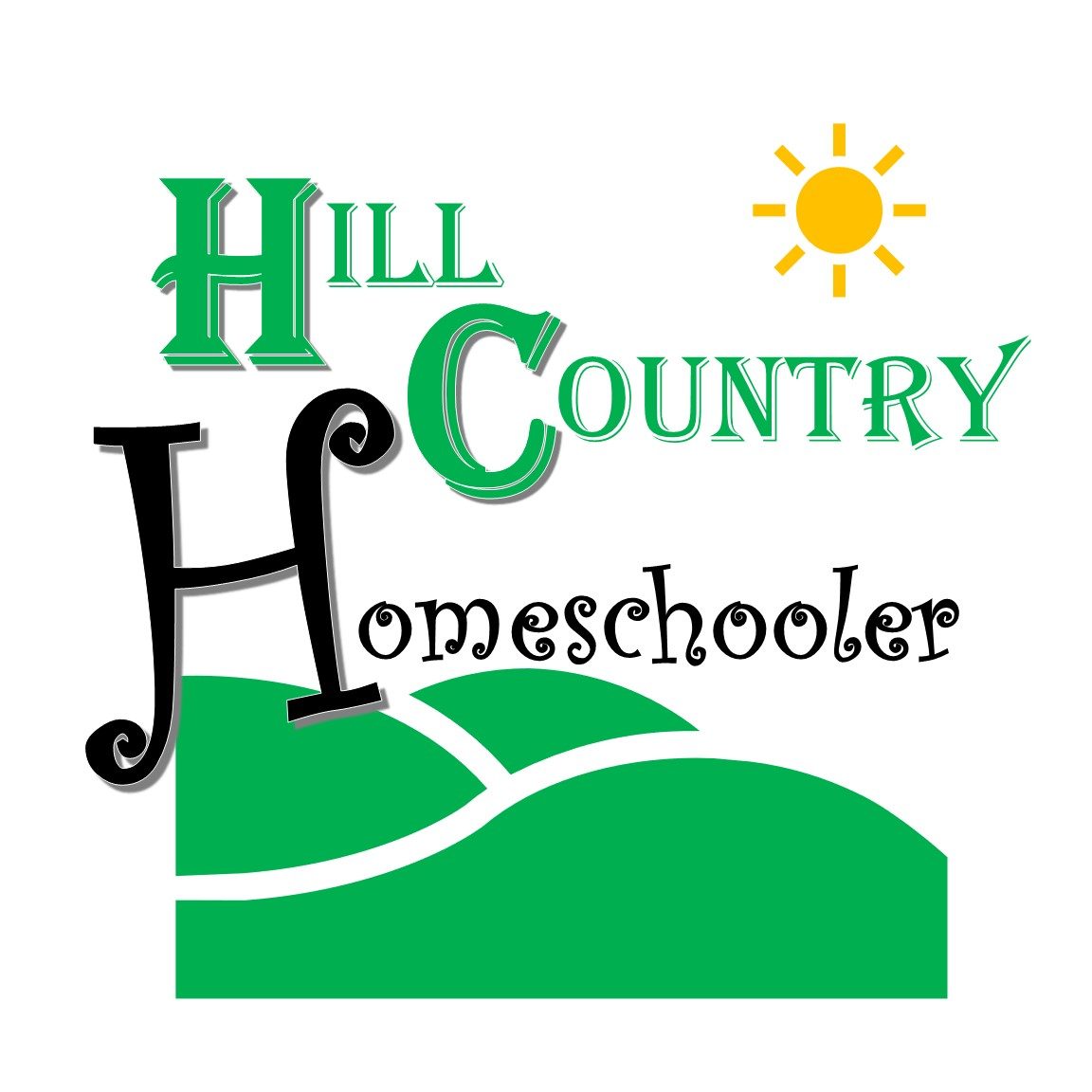I have been wanting to do this since last year: design a complete year’s hands-on science curriculum based on Magic School Bus books and videos. My oldest kid is going into fifth grade. It’s now or never.
The science lessons for each topic are based on the 5-E method: engage, explore, explain, elaborate, evaluate. Engage is the hook, something to get their interest in the topic. Explore is a hands on activity, teacher led but learner centered. Explain is the “teaching” moment. Elaborate is when students apply what they have learned to more challenging activities, or design their own investigations. Evaluate is assessment time to see if the student has mastered the objectives of the lesson. In a classroom this would be a quiz or test, however in homeschool is usually a verbal assesment or project based.
Our science lessons will probably be three days a week, I am still hashing out details of our schedule, so obviously some days will have more than one lesson segment. This is an ongoing work in progress to add activities, but here is my framework for Magic School Bus Lesson Plans for the year (MS Excel). Our school year runs July to May, with one week off per month, so I tried to keep topic clustered to monthly units, but that was not always possible. We are starting school soon, so I am focusing on tweaking July’s lesson schedule and activities, and still need to list out all the supplies I will need for each week (basically, my shopping and library list). I will be using the Magic School Bus book that coordinates with each topic/video, but will also be grabbing books at the library for each topic for my kids to reading during their SSR time (silent sustained reading).
I found a treasure chest of activities for each book on Scholastic’s site of Magic School Bus teaching resources. There are activities for every video, which works nicely since I chose to use the videos as our engage activity for each topic. Scholastic also has printable KWL (know, want to know, learned) organizers that we will use with each topic. I printed out activities, and filed them into my lesson plan binder by unit, with individual weeks paper clipped together so I can easily flip to a particular week when I find an activity I want to add.

I have a copy of the lesson plan in the front, as a type of Table of Contents.
I am not limiting my lesson plans to the activities on Scholastic though. As a former science teacher, I have piles of books and activities for every possible topic. If lacking, a quick Pinterest.com seach will yield a plethora of link to ideas, activities, lesson plans, and free printables. For example, I found great resources for my 4th and 5th graders on California Academy of Science’s lesson plan page. Here is a lesson on insects that I will be using with my kiddos, probably during the week we watch/read “Magic School Bus Gets Ants in its Pants”. I like it because not only does it explore the parts of an insect, but they create their own insect with adaptations based on the habitat and food source they select. These are great follow-up activities to the suggested activities I found on Scholastic’s site to make an ant farm and perform an experiment to see which types of food the ants prefer. I also like their game for complete and incomplete metamorphosis for the week we watch/read “Butterfly and the Bog Beast”, as my kids have hatched butterflies for the past two years, we are kind of past the life cycle of a butterfly activities.
There are so many possibilities it is very difficult to narrow down to just a few activities to do each week! However, in the land of worksheets-a-plenty, it is important to remember to look for hands-on activities, experiments and investigations so kiddos will ask and understand the “how and why”, not just answer the “what”. Science is more than memorizing new vocabulary, it’s making observations, designing experiments, and collecting data in order to understand systems and cycles, build models, and form explanations that can be justified. As Ms. Frizzle would say, “It’s time to ask questions, get messy, make mistakes!”

